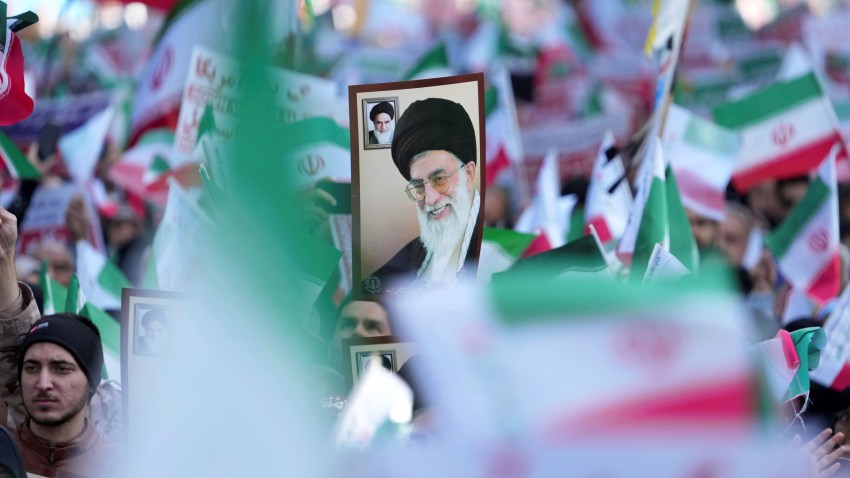The protest movement in Iran that began as an expression of outrage over the death of Mahsa Amini while in the custody of the country’s morality police has transformed into a remarkable nationwide uprising that continues into its third month with little sign of abating. Fearless Gen Z Iranian women have deployed powerful symbols of removing and burning their hijabs as well as other acts of civil disobedience that resonate across class, generational and ethnic lines. The revolutionary slogan of “Women, Life, Freedom” encapsulates a broader challenge to the regime itself. Facing the gravest threat in its 43-year history, the government of the Islamic Republic is brutally cracking down.
Where all this will lead is unpredictable. Many analysts and activists see the uprising as a tipping point for a regime that they see as having lost legitimacy among the majority of the population. That said, though unpopular, the repressive Iranian state still has vast coercive tools at its disposal. Indeed, U.S. intelligence officials assess that the Iranian government does not yet see the protests as an imminent threat to its survival, and some Israeli military intelligence analysts reportedly believe the regime will endure.
But even if the current leadership hangs on, domestic strife could persist for many months, if not years. And if a revolution is genuinely underway, it would likely face fierce resistance from Iranians dependent on the current system for their livelihood.

